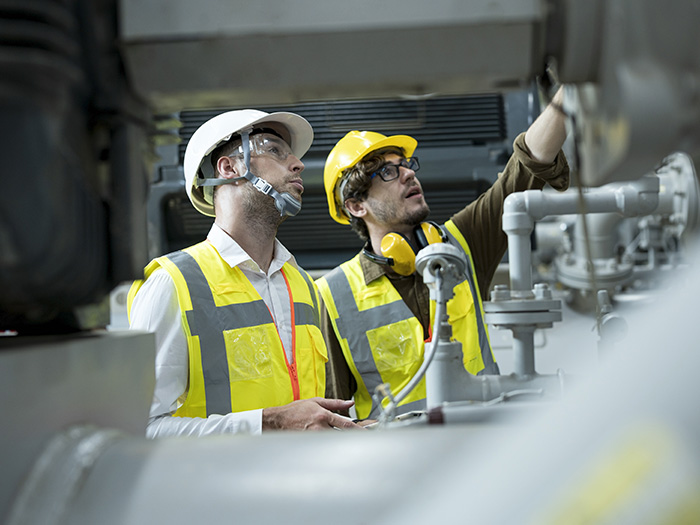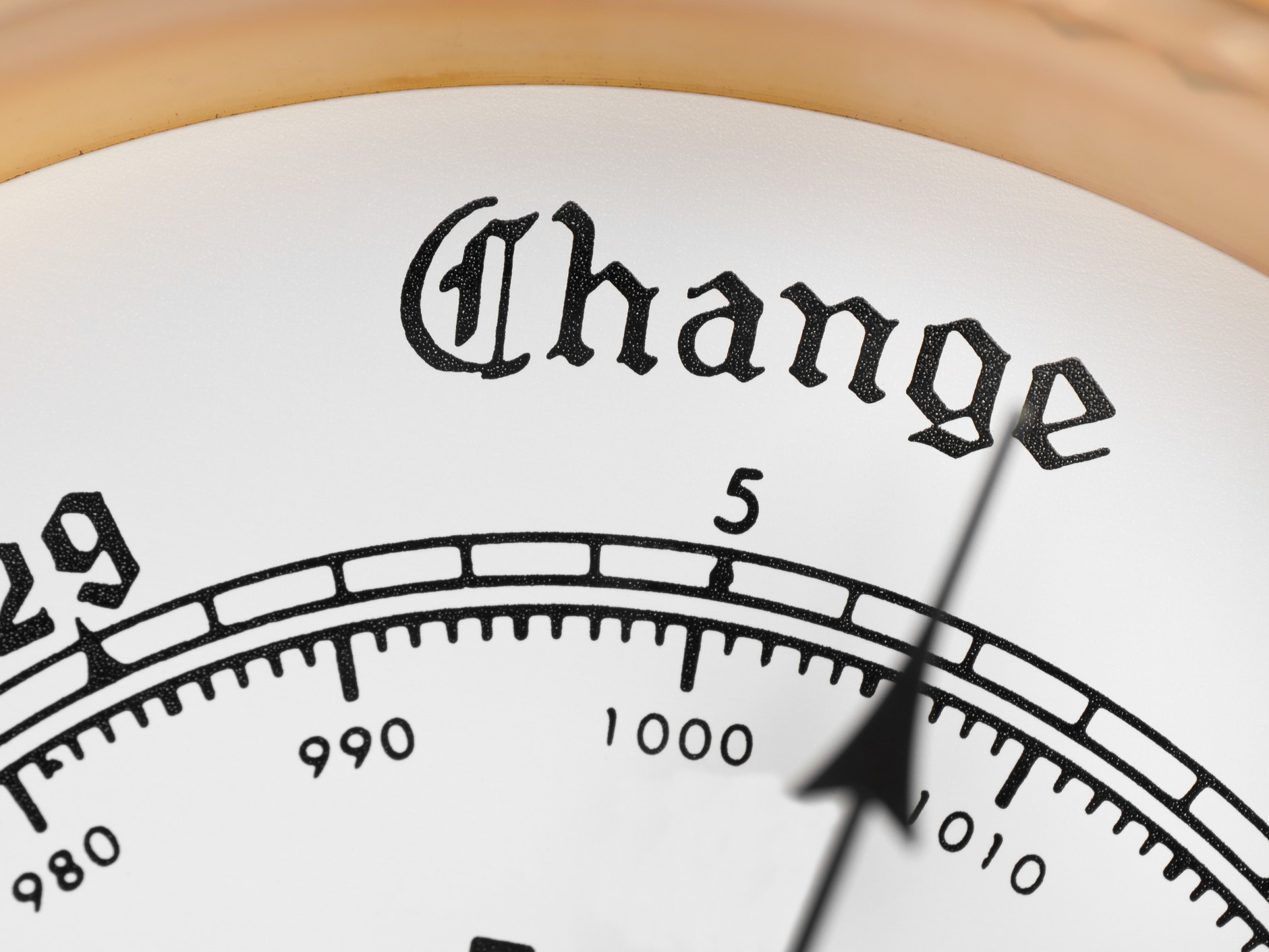You’ve Heard of Safety Culture, But What Is Safety Climate? This NIOSH Webinar Dives in

A recent National Institute for Occupational Safety and Health (NIOSH) webinar dug into safety climate research and guided listeners through successful methods of applying that research to their own programs.
Speakers Dr. Emily (Yueng-hsiang) Huang from the Oregon Institute of Occupational Health Sciences and Liz Hill from SAIF Corporation tackled the issue from two perspectives — the latest in the research, and the applications of that research by a leading workers’ compensation corporation.
Huang has successfully supervised safety climate research teams for over a decade, and has been named as the most prolific contributor to research in the field over the past 38 years in a published independent analysis. She is an associate professor at Oregon Health & Science University in Portland. Hill has more than 25 years of experience in professional health and safety, including in her role as total worker health adviser at SAIF.
In her presentation, Huang emphasized that despite generally observed decreases in injury frequency, accidents and deaths remain a concern for anyone in the occupational safety and health industry.
Citing a Liberty Mutual analysis, Huang explained that “the total cost of the most disabling workplace injury in the U.S. is nearly $60 billion a year, over one billion a week. And we all know, it is not just about money, it is about people’s lives, the quality of life and the impact on people’s families as well.”
According to Huang, poor safety climate is almost always to blame.
What Is Safety Climate?
In the realm of risk management, safety climate is distinct from safety culture or other organizational elements of compliance and work safety. “Safety culture and safety climate are similar but somewhat different constructs or somewhat different sectors,” Huang said.
“Safety culture is usually defined as companies’ underlying belief and core values within an organization’s structures and control systems that produce behavior norms. So this concept of underlying belief, core values, and behavior norms are very conceptual and subjective.”
That subjectivity inherent in safety culture seems to belie one of the essential structures of safety, which is measurability. But as Huang explained, that can be cured by focusing on safety climate.
“Safety climate can be seen as the indicator and measurable aspect of safety culture. We use safety climate as a snapshot to measure the safety culture of companies,” Huang said. “It is important to help companies to have a good safety culture, but the concept is very difficult to measure directly, so we define safety climate as a factor, as a snapshot.”
How Is Safety Climate Measured?
In order to create this snapshot, researchers primarily use employee surveys, which as Huang notes, safeguards the data against lip service. “Safety climate is about the true priorities of safety at work as seen by employees, and it’s not about what you say, it’s about what you do,” she said.
Huang collaborated recently with one of the fathers of safety climate research, Professor Dov Zahar from Israel, on two research surveys for mobile/remote workers, the results of which she shared with the webinar attendees.
“When a company has a good safety culture with safety climate, these perceptions have an impact on their employees’ behavior and safety outcomes, even when no one is watching,” Huang said. “So, specifically, we developed two safety climate surveys; one for the trucking industry and one for the utility electric industry.”
Example responses from the robust sample size of eight trucking companies, 8,095 drivers, and 1,000 supervisors revealed interesting responses from these supposedly un- or under-observed workers. One respondent in upper management wrote: “My company allows drivers to change their schedules when they are getting too tired.” While a driver explained, “My dispatcher stops talking to me on the phone if he/she hears I’m driving.”
For Huang, these results show how safety climate studies provide the real insight necessary to be proactive and not reactive. Huang routinely presents the results of safety climate surveys to companies, and armed with the results, helps to implement safety climate intervention activities, which include everything from the implementation of a health and safety organization committee and the collective brainstorming that comes with it to safety leadership training and incentivization programs.
How Is Safety Climate Applied?
Liz Hill, Huang’s expert co-presenter, is deeply familiar with these interventions. AT SAIF, Hill was instrumental, in partnership with Huang, in developing and validating the Ansboro safety cultural assessment. The assessment is named for a longtime SAIF consultant, Trevor Ansboro, and it consists of six dimensions within a safety culture spectrum.
“And within those dimensions, there were four levels from reactive to comprehensive, so we knew this was a great idea,” said Hill.
“What we didn’t necessarily have is the evidence behind it as we get them to think about how they could advance to higher levels.” To achieve that standard of evidence, Hill teamed up with Huang and her cadre of researchers. In the end, Huang’s team helped validate the survey and reduce the questions from 30 to 10, thereby increasing engagement.
SAIF consultants follow up with interviews within their policyholders’ organizations, asking about safety leadership and demands competing with safety as they move through the dimensions.
“As we work with our policyholders, we can show, and we know how important it is to have even small successes,” said Liz Hill.
“If we show the progress along the different levels in each dimension, they can really feel good and feel like they are effective at making the change in their organizations that they wanted to make.”
Safety climate scores are created through the use of numerous surveys related to the Ansboro assessment and SAIF consultant tools, providing the measurability craved by leaders charged with maintaining safety culture through the snapshot climate provides. “The result is true empowerment at all levels.
“SAIF offers particular interventions, so this safety climate survey and the score can be used pre and post in a strategy activity or intervention. They increase, for example, their score from 3 to 3.5 after the statistical analysis, and that significant increase has made a positive impact on company safety climate,” Huang said.
The NIOSH Total Worker Health (TWH) program presents a free webinar series to highlight the latest research and case studies for protecting the safety and health of workers. Webinars address the complex, often interlinked hazards affecting the safety, health, and well-being of today’s workforce. Upcoming and recorded webinars are available on the CDC’s landing page for the series, here. &










